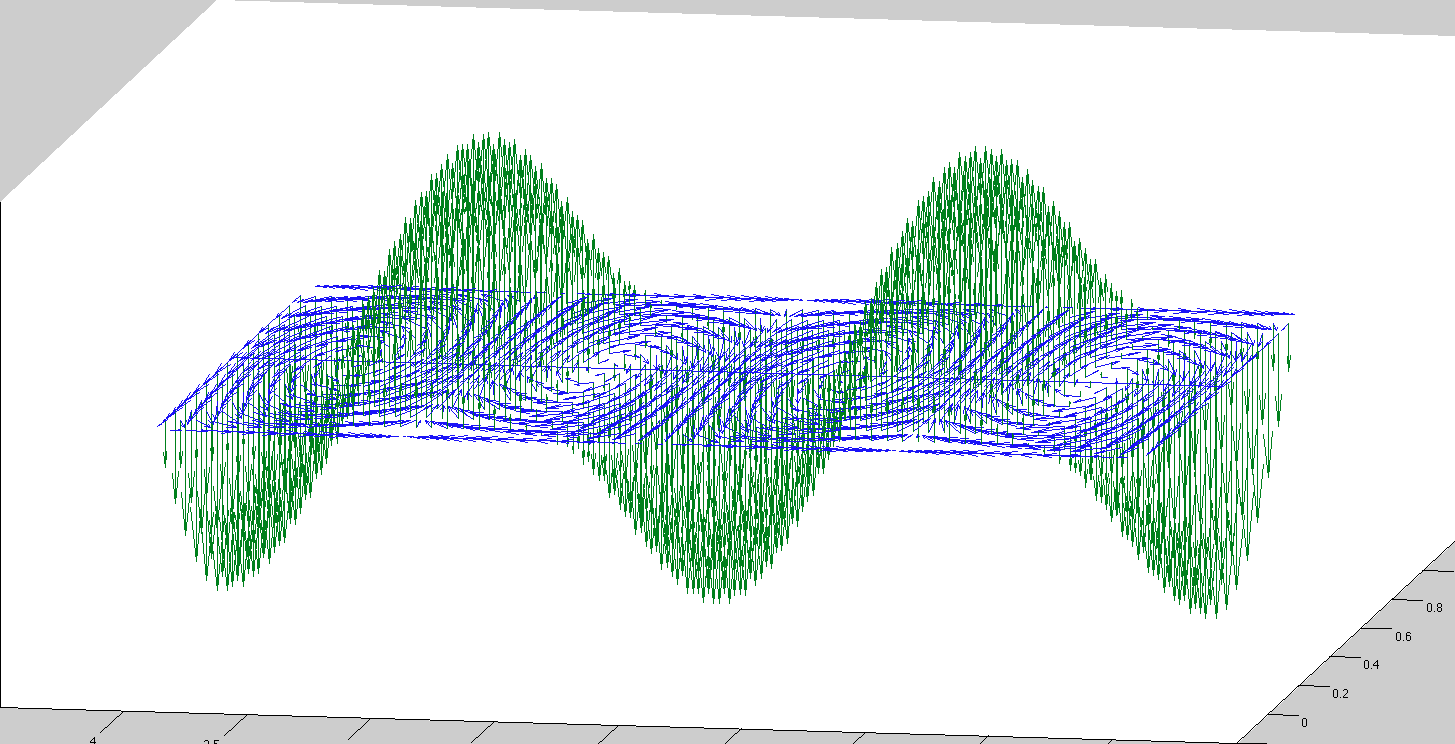Solid state physics is a branch of physics that deals with the study of solid matter, particularly the properties of materials in their solid phase. It encompasses various aspects such as crystal structure, electronic properties, and mechanical behavior of solids. This field has played a pivotal role in shaping modern technology and continues to drive innovation across multiple industries.
Understanding the Basics of Solid State Physics
Crystal Structure and Bonding
At the heart of solid state physics lies the understanding of crystal structures and bonding. Solids are composed of atoms or molecules arranged in a highly ordered manner. The arrangement of these atoms defines the crystal structure, which in turn influences the material’s properties.
Semiconductors and Conductors
Solid state physics elucidates the behavior of materials concerning their electrical conductivity. Semiconductors, such as silicon and germanium, exhibit intermediate conductivity, making them vital components in electronic devices. Conductors, on the other hand, possess high conductivity, enabling the flow of electric current with minimal resistance.
Band Theory
The band theory explains the electronic structure of solids, particularly the arrangement of energy levels or bands. This theory is crucial in understanding the behavior of electrons within solids and has paved the way for the development of semiconductors and other electronic materials.
Applications of Solid State Physics
Electronics and Semiconductors
The advent of solid state physics has revolutionized the electronics industry. Semiconductor devices, including transistors and diodes, form the backbone of modern electronic circuits. These components enable the miniaturization of devices, leading to the development of smartphones, computers, and other portable gadgets.
Optoelectronics
Optoelectronics, a subfield of solid state physics, focuses on the study of devices that interact with light. Light-emitting diodes (LEDs), photovoltaic cells, and lasers are examples of optoelectronic devices that find applications in lighting, communication, and renewable energy.
Magnetic Storage Devices

Solid state physics has also contributed to advancements in magnetic storage technology. Hard disk drives and magnetic tape rely on the magnetic properties of materials to store and retrieve data. Understanding magnetic phenomena at the atomic level has led to the development of high-density storage solutions with increased reliability and performance.
Renewable Energy Technologies
The pursuit of sustainable energy sources has spurred research in solid state physics. Materials such as perovskite-based solar cells and thermoelectric generators hold promise for efficient energy conversion. Solid state physics provides insights into the properties of these materials, facilitating the design of next-generation renewable energy technologies.
Emerging Trends in Solid State Physics
Quantum Computing
Quantum computing, a frontier area in solid state physics, harnesses the principles of quantum mechanics to perform complex computations. Quantum bits (qubits), the fundamental units of quantum information, rely on the superposition and entanglement of quantum states. Solid state physicists are exploring various platforms, including superconducting circuits and semiconductor quantum dots, to realize practical quantum computers.
Nanotechnology
Nanotechnology involves manipulating matter at the nanoscale to create materials and devices with unique properties. Solid state physicists are at the forefront of nanotechnology research, developing nanomaterials for applications in electronics, medicine, and environmental remediation. Nanoscale phenomena, such as quantum confinement and surface effects, play a significant role in shaping the behavior of materials at this scale.
Spintronics
Spintronics, a field that combines electronics and magnetism, relies on the intrinsic spin of electrons to store and process information. Solid state physicists are exploring spintronic devices, such as spin valves and magnetic tunnel junctions, for potential applications in data storage and magnetic sensors. Harnessing spin-based phenomena could lead to faster and more energy-efficient electronics.
Challenges and Future Directions
Overcoming Material Limitations
Despite the progress in solid state physics, researchers face challenges in discovering novel materials with desired properties. Overcoming material limitations, such as low carrier mobility or limited stability, requires interdisciplinary approaches and innovative synthesis techniques.
Enhancing Energy Efficiency
As technology advances, there is a growing emphasis on improving the energy efficiency of electronic devices. Solid state physicists are exploring materials and device architectures that minimize energy consumption while maintaining performance. Strategies such as low-power design and energy harvesting hold promise for reducing the environmental footprint of technology.
Conclusion
In conclusion serves as the cornerstone of modern technology, driving innovation across various fields. From semiconductor electronics to quantum computing, its impact is pervasive and continues to shape the future of technology. By unraveling the mysteries of matter at the atomic and nanoscale levels, solid state physicists pave the way for new discoveries and applications that benefit society as a whole.




